Gyanvapi Case: Court Dismisses Mosque Committee’s Plea against Vishweshwar Suit for Ownership Rights
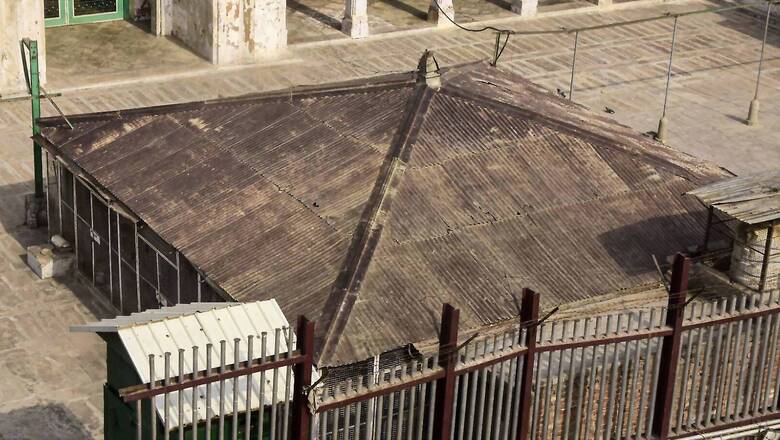
views
A local court in Varanasi in Uttar Pradesh on Friday dismissed a plea moved by the Anjuman Intjamiya Committee challenging the maintainability of the suit filed by Bhagwan Adi Vishweshwar Virajman and others seeking exclusive ownership rights of the Gyanvapi Complex to the deity.
The mosque management committee had moved its plea under Order 7 Rule 11 of the Civil Procedure Code (CPC), alleging the plaintiffs did not have any real cause of action.
The plaintiff had filed the suit, on behalf of the deity, praying for two reliefs.
First, a declaratory decree in favour of the deity declaring him as exclusive owner of the suit property and handing over of the possession of the Gyanvapi to plaintiffs.
Second, a permanent prohibitory injunction against the defendants, from interfering with or creating any hindrance in the darshan, sewa pooja, raga bhog, aarti and other religious activities to be performed by devotees of the deity.
‘LIABLE TO BE DISMISSED’
The fast-track court of civil judge (senior division) Mahendra Kumar Pandey found the mosque committee’s plea questioning the maintainability of the suit liable to be dismissed.
The court found that the suit of the plaintiffs was not barred by the provisions of Order 1 Rule 8, Order 7 Rule 3 and Section 9 of CPC, Places of Worship (Special Provisions) Act, 1991 (Act no.42 of 1991), the Waqf Act, 1995 (Act no.43 of 1995), the U.P. Shri Kashi Vishwanath Temple Act, 1983 (Act no.29 of 1983), the Indian Limitation Act and by the judicial dictum of Suit No. 62 of 1936 Deen moh. &Others Vs secretary, as claimed by the mosque committee.
In a detailed order, the court observed that as per the plaintiffs, the cause of action lastly arose on 17.05.2022, when the plaintiffs were not allowed to enter into old temple complex and the cause of action for filing the suit is accruing every day and every movement.
Therefore, while stating that it is well settled that in exercising powers under Order 7 Rule 11 of the CPC, the court said it has to take into consideration only the averments made in the plaint and the defendant’s case cannot be taken into consideration at this stage. The court held that the plaintiffs had explained well as to when and how the cause of action arose to file this suit, accordingly, the suit was not barred by want of cause of action.
RELIGIOUS CHARACTER OF A TEMPLE
Further, regarding the bar imposed by other statues, the court found that these contentions also did not sustain.
Significantly, the court noted that from the pleading presented in the suit, it was very clear that it was an admissible fact by both the parties that in the year 1669, the ruler Aurangzeb had demolished the temple. However, the mosque committee was claiming that a new mosque was built by Aurangzeb and the plaintiffs were claiming that only the upper portion of the old temple was demolished and a superstructure was imposed thereon in the shape of mosque and the invisible Hindu deities were worshipped there till 1993.
“Thus in the present suit a legal question arises that whether the religious character of a temple changes with the forceful demolition of only upper portion of a temple ( in case if base of the temple is intact) and on merely imposing a superstructure thereon,” observed the court.
Therefore, stating the situation of the doubtful religious nature of the disputed property, the court held the suit liable to be tried.
Read all the Latest India News here











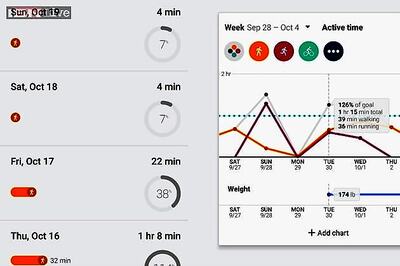


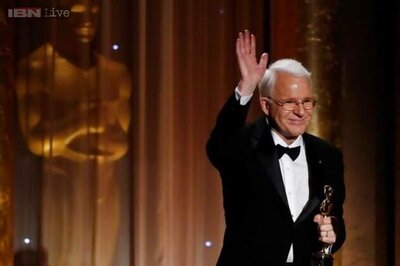

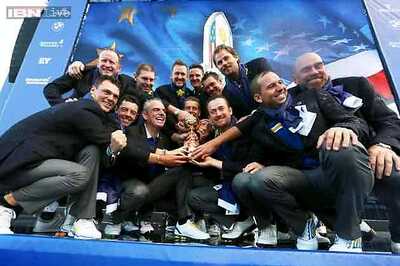

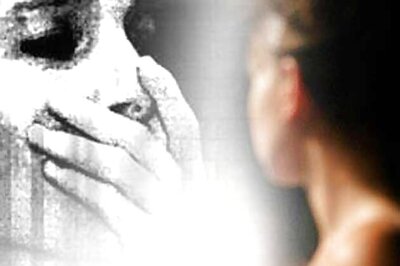

Comments
0 comment